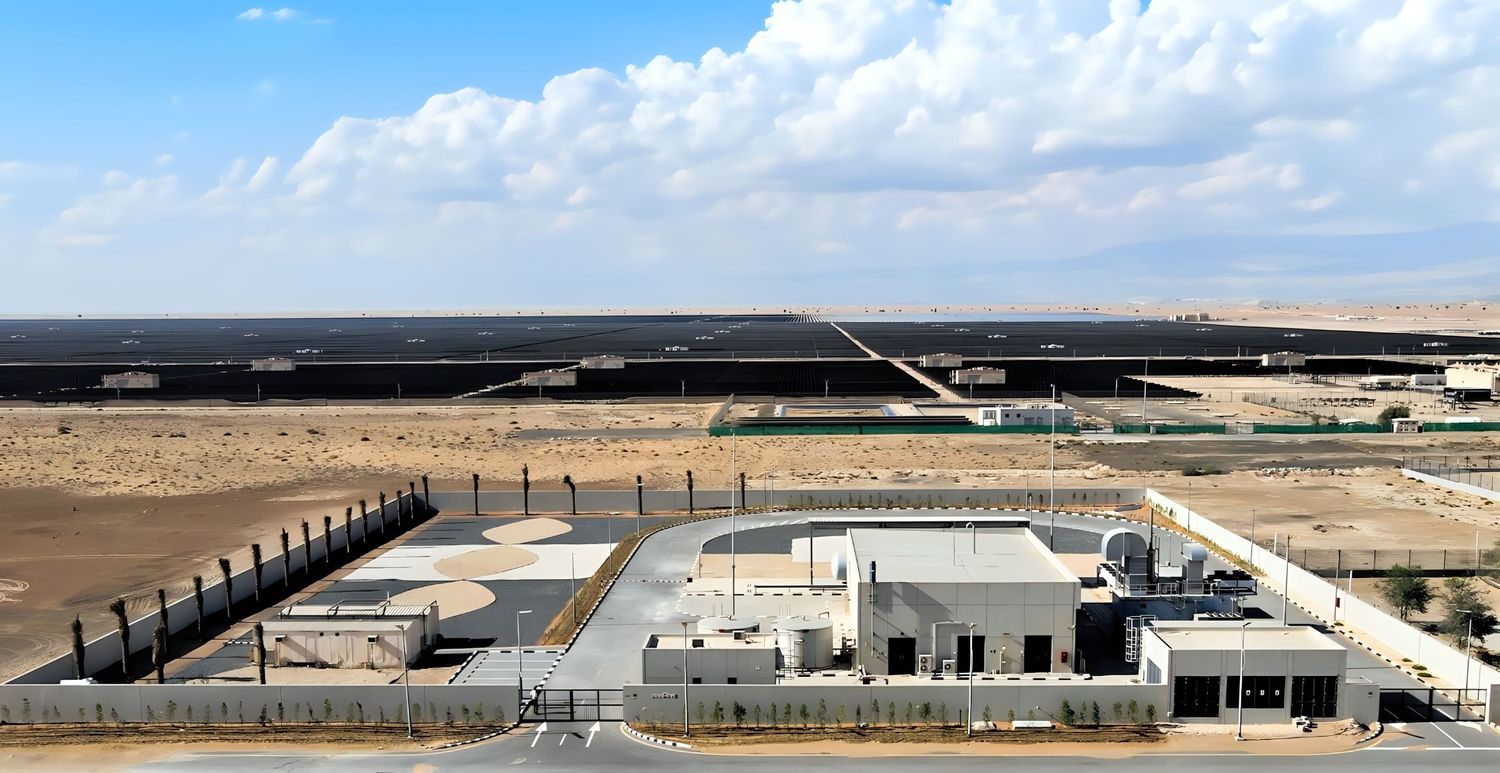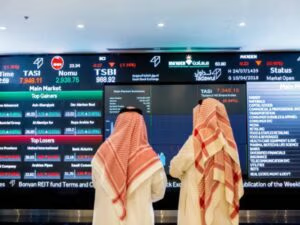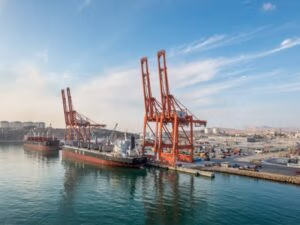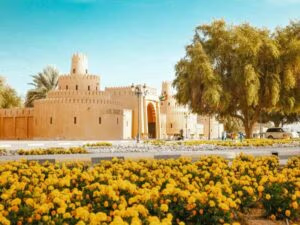Dubai Electricity and Water Authority’s (DEWA) flagship Green Hydrogen project has produced more than 100 tonnes of green hydrogen since its launch in May 2021, according to Saeed Mohammed Al Tayer, MD and CEO of DEWA.
Most of the hydrogen was used to generate over 1.15 gigawatt hours (GWh) of clean electricity via a hydrogen gas engine, offsetting more than 515 tonnes of carbon dioxide. More than 11 tonnes were supplied to ENOC for fueling hydrogen vehicles at its Service Station of the Future at Expo 2020 Dubai and for other industrial uses.
“The Green Hydrogen project supports the forward-looking vision of His Highness Sheikh Mohammed bin Rashid Al Maktoum, Vice President, Prime Minister and Ruler of Dubai, to consolidate the competitive advantages of the UAE in the field of hydrogen. The project enhances DEWA’s efforts to support the National Hydrogen Strategy, the UAE’s Net Zero 2050 Strategy, the Dubai Clean Energy Strategy 2050 and the Dubai Net Zero Carbon Emissions Strategy 2050 to provide 100% of the energy production capacity from clean sources by 2050. It also supports the Dubai Green Mobility Strategy 2030, which aims to stimulate the use of sustainable transport in line with the emirate’s strategic objectives to improve air quality and reduce greenhouse gas emissions,” said Al Tayer.
The Green Hydrogen initiative has strengthened Dubai’s position in the global hydrogen market, with the UAE ranked first in green hydrogen competitiveness, according to the Green Hydrogen Report 2024 by Alvarez & Marsal.
The project is the first of its kind in the Middle East and North Africa to produce hydrogen using solar energy. Developed in partnership with Expo 2020 Dubai and Siemens Energy, it produces about 20 kilograms of hydrogen per hour, with storage capacity for up to 12 hours of production. Stored hydrogen can then be converted into nighttime electricity via a hydrogen gas motor producing around 300 kilowatts of power.
Built with future expansion in mind, the project is expected to support hydrogen applications across energy, transport, and industrial sectors.
(Inputs from WAM)






